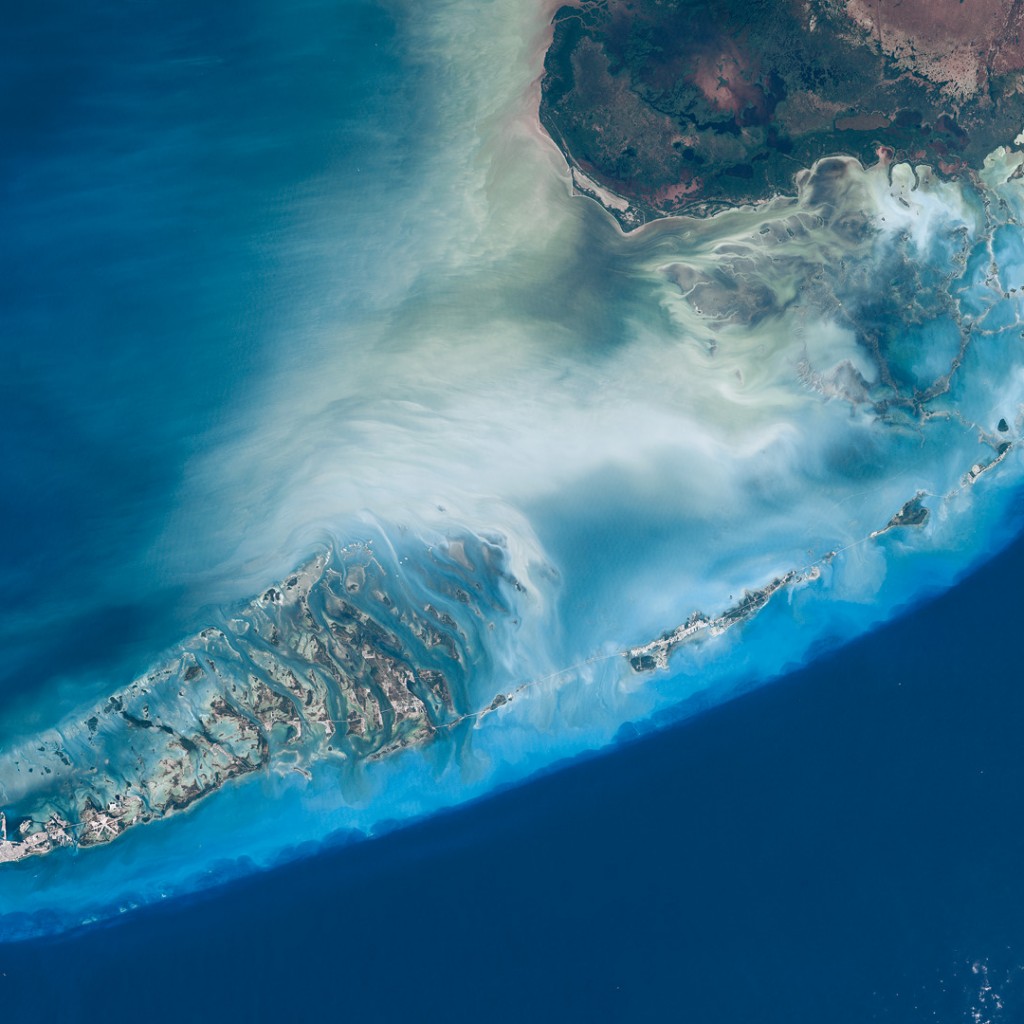
Residents of the Florida Keys are known for riding out hurricanes, but with Irma’s potentially catastrophic wind and rain set to crash through the low-lying island chain this weekend, not many seem willing to risk it this time.
Throughout Florida, officials and residents are making preparations, but forecasts indicate the Keys could take the country’s first blow from the Category 5 storm, which was packing 185 mph (295 kph) winds early Wednesday as it crossed Barbuda. From Key Largo south to Key West, residents and officials said Irma is a storm that needs to be fled.
Keys officials expected to announce a mandatory evacuation Wednesday for visitors, with residents being told to leave the next day. Florida Gov. Rick Scott, who plans to fly to the Keys on Wednesday, said a hospital in the island chain would have its patients evacuated by air.
“This is not one to fool around with,” said Cammy Clark, spokeswoman for Monroe County, which contains the Keys.
Janet Roberts, 51, was getting ready Tuesday to leave her mobile home community on Key Largo for her daughter’s house 30 miles away in Florida City, which is the first city north of the Keys on the mainland.
“She lives in a complex and has hurricane shutters. At least we stand half the chance,” she said.
She remembered how much damage Hurricane Andrew caused when its eye passed just north of Florida City in August 1992.
“We didn’t hit the eye, and I had nothing left,” Roberts said. “This has Andrew beat. This is really bad – really, really, really bad.”
Throughout South Florida, officials readied evacuation orders and people raided store shelves, buying up water and other hurricane supplies. Long lines formed at gas stations and people pulled shutters out of storage and put up plywood to protect their homes and businesses.
Parker Eastin filled up his gas tank at a busy fuel station. He and his girlfriend said they decided to plan well in advance after seeing what Hurricane Harvey did to Texas.
“We ordered water off Amazon because the stores were out and also ordered food,” said Eastin, a 43-year-old lawyer who has lived in Florida for 12 years. “Seeing the devastation in Texas is a sad reminder that you have to take the events very seriously.”
The last major storm to hit Florida was 2005’s Wilma, its eye cutting through the state’s southern third as it packed winds of 120 mph (193 kph). Five people died.
Scott declared a state of emergency in all 67 counties to give local governments “ample time, resources and flexibility” to prepare for the storm. President Donald Trump also approved a federal emergency declaration for the state ahead of the storm, according to the Federal Emergency Management Agency.
Scott warned that although officials don’t know the storm’s exact path, winds are likely to be “extreme and life-threatening” and impacts could be felt inland, away from the coast. He said Floridians need to follow any evacuation orders.
“This storm has the potential to devastate this state, and you have to take this seriously,” Scott said Tuesday from the state’s emergency operations center in Tallahassee, the state capital. “Remember: We can rebuild your home; we cannot rebuild your life.”
Under a mandatory evacuation order, no one is forced by police or other government agencies to leave, but people who stay should not expect to be rescued if they are in danger, officials said.
The threat of the storm has put much of the state on edge. School districts along the east coast and in South Florida canceled classes for later this week, as did universities and colleges in Miami-Dade. The governor also shut down all state offices starting Friday and urged state workers to volunteer at shelters that are expected to open.
But Scott conceded that Irma’s uncertain path was making it difficult for officials to tell Floridians exactly where they should go. Some models have it slashing up the east coast, while other models have it cutting northward through the middle of the peninsula.



